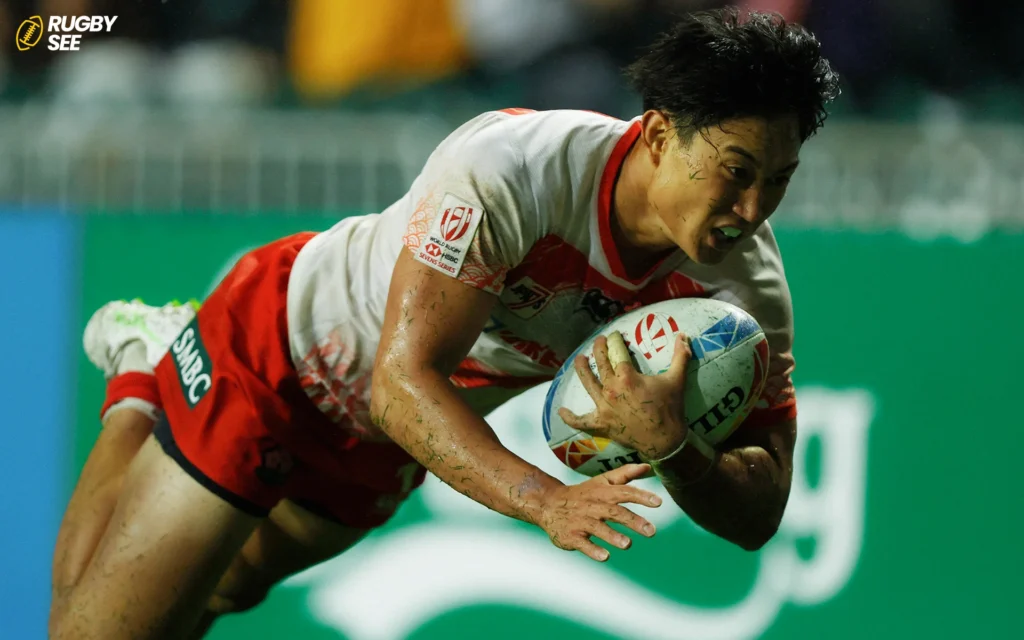In the dynamic world of Rugby League, the strategy behind player substitutions plays a crucial role in the flow and outcome of the game. One question that often arises among fans and newcomers to the sport is: “Does Rugby League have rolling subs?” This article aims to shed light on this topic, offering a comprehensive overview of the substitution rules in Rugby League, the concept of rolling substitutions, and how they impact the game’s strategy and player welfare.
Introduction to Rugby League Substitution Rules
Rugby League, a sport known for its fast pace and physical demands, operates under a set of rules that govern player substitutions during a match. Understanding these rules is essential for grasping how teams manage player fatigue and strategy throughout the game. Substitutions in Rugby League are governed by the sport’s regulatory bodies, such as the International Rugby League (IRL) and national leagues, which can sometimes lead to variations in rules.
What are Rolling Substitutions?
Rolling substitutions refer to the ability to substitute players in and out of the game without limit, allowing players to be replaced and then re-enter the match later. This system is used in various sports to maintain the intensity and freshness of the teams. However, the concept of rolling subs in Rugby League has its specific applications and limitations.
Rugby League Substitution Rules
As of my last update in April 2023, Rugby League does not implement a rolling substitution system in the traditional sense seen in sports like basketball or indoor soccer. Instead, Rugby League teams are typically allowed a limited number of substitutions during a game. This number has varied over time and can depend on the competition. For instance, teams might be allowed eight substitutions during a match. Once these substitutions are used, no further changes can be made to the playing squad, barring injuries that require immediate medical attention.

The strategic use of these limited substitutions is a critical aspect of Rugby League coaching. Coaches must decide when to bring on fresh legs to maintain the team’s competitive edge, manage player fatigue, and respond to the game’s unfolding dynamics.
The Impact of Substitution Rules on Strategy and Player Welfare
The limited substitution rule in Rugby League adds a layer of strategic depth to the game. Coaches must carefully plan how to utilize their substitutions to optimize team performance. Decisions on when to substitute players can depend on various factors, including player fitness levels, game tempo, and the specific roles and strategies employed by the team.
From a player welfare perspective, the rules around substitutions are also significant. Rugby League is a physically demanding sport, and the ability to substitute players helps manage the risk of injury and fatigue. However, the limitation on substitutions means that players and coaching staff need to be mindful of player conditioning and recovery to ensure athletes remain at their peak throughout the game and the season and if you want to know about popularity of Rugby read which rugby is more popular.
The Debate Around Rolling Subs in Rugby League
The discussion regarding the introduction of rolling subs into Rugby League has been ongoing. Proponents argue that allowing more flexible substitutions could enhance the game’s pace, reduce player fatigue, and potentially lower the risk of injuries. Critics, however, contend that such a change could alter the fundamental nature of the sport, impacting the endurance aspect that is a hallmark of Rugby League.
The Future of Substitutions in Rugby League
As the game of Rugby League evolves, so too might its rules around substitutions. The sport’s governing bodies continuously review and adjust regulations to ensure the game remains competitive, entertaining, and safe for players. The debate around rolling substitutions is part of a broader discussion on how the sport can adapt to changing physical demands and viewer expectations. Any potential changes would likely aim to preserve the essence of Rugby League while addressing concerns related to player welfare and game dynamics.

How Substitution Rules Compare to Other Sports
Understanding Rugby League’s approach to substitutions becomes even more fascinating when compared to other sports. For example, football (soccer) has seen changes to its substitution rules in response to the COVID-19 pandemic, allowing more substitutions to manage player workload. Similarly, Rugby Union, Rugby League’s close relative, operates under its own set of substitution rules, which also impact game strategy and player welfare but in different ways. These comparisons highlight how different sports confront similar challenges regarding player management, game pace, and strategic complexity.
The Role of Technology and Analytics
In modern Rugby League, technology and analytics play an increasingly significant role in managing substitutions. Teams use data to monitor player performance, fatigue levels, and overall health. This information can inform substitution decisions, helping coaches to optimize team performance and manage player welfare more effectively. As technology advances, its integration into sports strategy and management will likely deepen, offering new ways to navigate the challenges and opportunities presented by substitution rules.
Educating Fans on the Subtleties of the Game
For fans, understanding the subtleties of substitution rules and their impact on Rugby League enhances the viewing experience. It offers insights into the tactical decisions made by coaches and the resilience and versatility required of players. Educating fans on these aspects can deepen their appreciation of the sport, fostering a more engaged and informed fan base.

In summary, while Rugby League does not feature rolling substitutions in the way some other sports do, the strategic use of a limited number of substitutions plays a vital role in the game. The current substitution rules require teams to balance strategy, player performance, and welfare within the constraints of the game. As Rugby League continues to evolve, the discussion around substitutions and player management will undoubtedly continue, reflecting the sport’s ongoing commitment to competitiveness and player safety and if you want to know more about Rugby players earning read How much rugby union players earn per week.
Understanding the nuances of Rugby League’s substitution rules enriches the viewing experience, offering deeper insights into the strategies employed by teams and the physical and tactical demands placed on players. Whether you’re a seasoned fan or new to the sport, appreciating the intricacies of substitutions can add a new layer of appreciation for the skill and strategy that define Rugby League.










